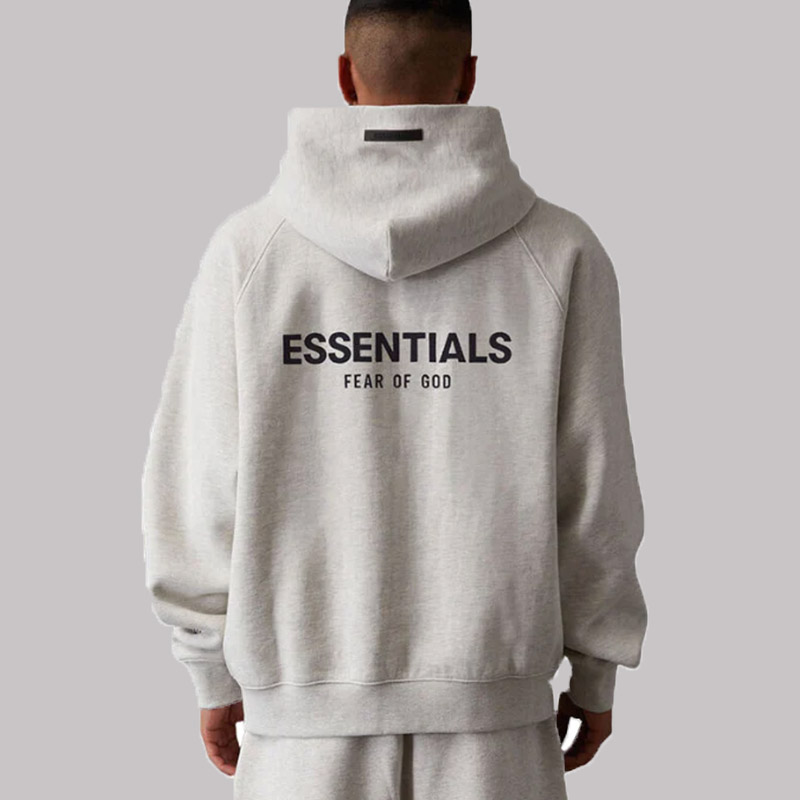Content is everywhere! There seems to be a never-ending need for it. That’s one of the reasons I left a cushy sales job 10 years ago to become a full-time content creator.
But what do content creators actually do? (Hint: we don’t just post memes all day.)

Irony
Let me give you a behind-the-scenes look at what content creators do, what a content creator salary looks like, and how you can become a content creator.
This article is for anyone wanting to become a content creator, businesses who want to add more content to their marketing, and people looking to hire content creators.
Let’s get into it.
Table of contents
- What is a content creator?
- Types of content creators (and what they do)
- What is a content creator salary in 2023?
- How to become a content creator
What is a content creator?
A content creator ideates and produces various forms of content that generate revenue for themselves or for an organization. The content can be published across any channel or medium from social media to websites to print publications.

The truth is, anyone who posts a cute puppy picture on Instagram is a content creator. And content can be things like feature films or fiction novels. But what we’re talking about in this article is digital content used specifically to help businesses get more leads and customers. In other words, it’s content used as part of a marketing strategy.
Where content creators work
Digital content creators work in one of three scenarios:
- Freelance: Self-employed, does work for several organizations
- In-house: A direct company employee (that’s me!)
- Agency: A direct employee of a marketing agency
Freelancers tend to have more flexibility but less security as they have to source their own gigs. In-house content creators have consistent work and pay but have a stricter work environment. Agency creators usually get a wide variety of work but have less influence on strategy and workflows.
Types of content creators
A content creator’s to-do list varies wildly between types of creators. And the line between them gets blurry; an influencer creating TikToks is also a videographer.
I’ve kept it simple by listing the most common types of content creators so you can see how each one operates.
Influencers and brand ambassadors
Influencers and brand ambassadors grow their own following on social media channels and make money by recommending or selling things to their audience.
In many cases, brands pay influencers to show off their products.

You don’t need millions of people following your account to be an influencer. Some brands prefer to work with nano influencers with just a few thousand followers.
Some influencers also sell their own products. Khloe Kardashian with her Good American brand is a perfect example.

If you’re interested in being an influencer, you’re getting in at a good time. The influencer marketing market is growing and is expected to reach $21 billion in 2023. That’s a big pie you could take a bite out of—you’re just going to be vying for attention with thousands of others.
Social media content creators and managers
This version of a content creator plans and produces social media content for a brand. They often manage the brand’s social media accounts, too.
Social media managers are jacks of many trades. They may capture images and videos, write captions, manage publishing calendars, and plan campaigns. There’s usually some component of social listening to understand what the brand’s reputation is online. On top of that, social media managers also track and report metrics.
Zaria Parvez is a great person to follow if you want to get into this type of work. She manages the social accounts for the language learning app Duolingo.
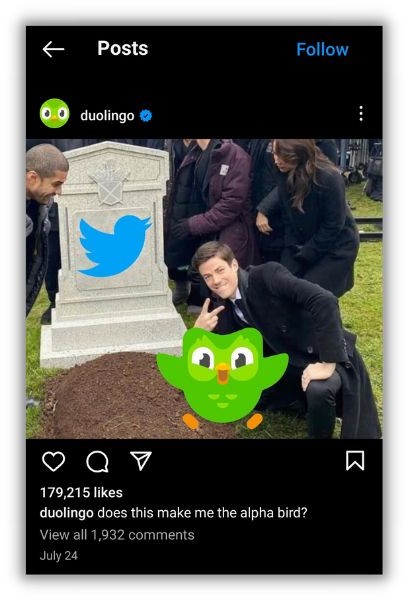
Parvez regularly posts everything from product demos to dance challenges across several platforms for the brand.
Vloggers and streamers
Vloggers and streamers are similar to influencers in that they grow their own audience and leverage it for brand deals or to sell their own products online.
The big difference here is the mediums in which they work.
Vloggers record video blogs they then post on a platform like YouTube. They may cover topics like their daily life or how to build things.
Justine Nelson hosts a Vlog called The Debt Free Millenial.

What’s great about Nelson’s vlog is that she’s found a niche based on a real-life concern and made it relevant to a specific audience.
Steamers share videos live on platforms like Twitch. People watch streamers play video games or open product boxes.
Pokimane is one of the most popular live streamers around with over 9 million followers on Twitch alone.
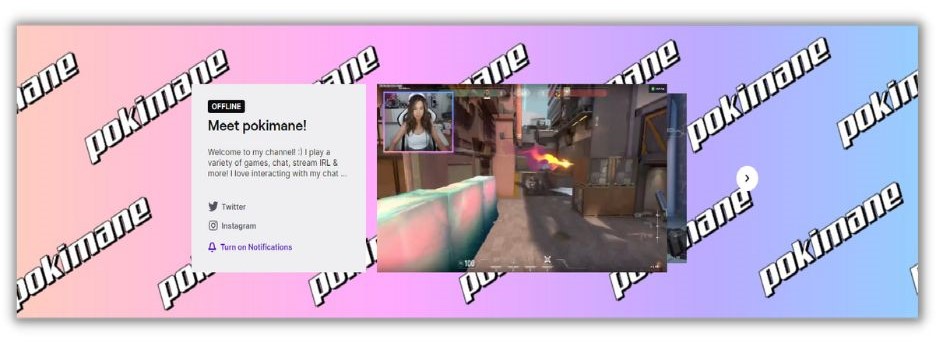
If you’re going to become a streamer or vlogger, find something you’re truly passionate about. You’ll be creating a lot of content and if you don’t love it, it’ll get boring fast.
Photographers and videographers
In this category, we find professionals who capture either static or video images (or both!).
These professionals find loads of outlets for their work. They can create their own social channels, sell content to stock image websites, or work directly with brands and social media managers.
One lucrative offshoot (pun intended) of this profession is product photography. Ecommerce brands especially need high-quality imagery and video to feed their ever-growing catalogs and social media ads.

Writers
Writers are absolutely the best category of content creators 😉. We cover a lot of ground for many mediums.
For example, professionally written copy shows up in:
- Blog posts
- Web pages
- Email marketing
- Video scripts
- Brochures
- E-books and white papers
- Social media posts
Like other content creators, writers can work in-house, at an agency, or as a freelancer. There are many content writers who even earn a living writing for their own channels.
Ann Handley, for example, is a well-known business writer with her own blog, website, and email newsletter.

Handley is her own content marketer, using her digital channels to sell her books.
Extra, extra! If you want to learn how to write great landing pages like Ann’s, read all about it in this guide to great landing pages.
Podcasters
Podcasting has absolutely exploded. The average person now listens to seven hours of podcasts every week. Brands are cashing in on the attention paid to this medium by either advertising on podcasts or creating podcasts of their own.
Podcasts range from two-minute motivational talks to multi-hour history lessons. There are episodic pods where actors play out a story. And there are many informational podcasts covering every topic imaginable.
Professionals involved in podcast creation can be the host, the producer, the writer, or all of the above.
SEO 101 is a podcast that teaches the basics of search engine optimization.

The hosts both run their own agencies, so the pod does double duty. It generates advertising revenue directly and creates brand awareness for the hosts’ marketing businesses.
Interested in SEO? Download this guide that’ll help you get on the first page of Google.
What’s a typical content creator salary in 2023?
We’ve all heard about the big dollars influencers pull down. MrBeast reportedly earns upwards of $10 million from his YouTube videos alone.
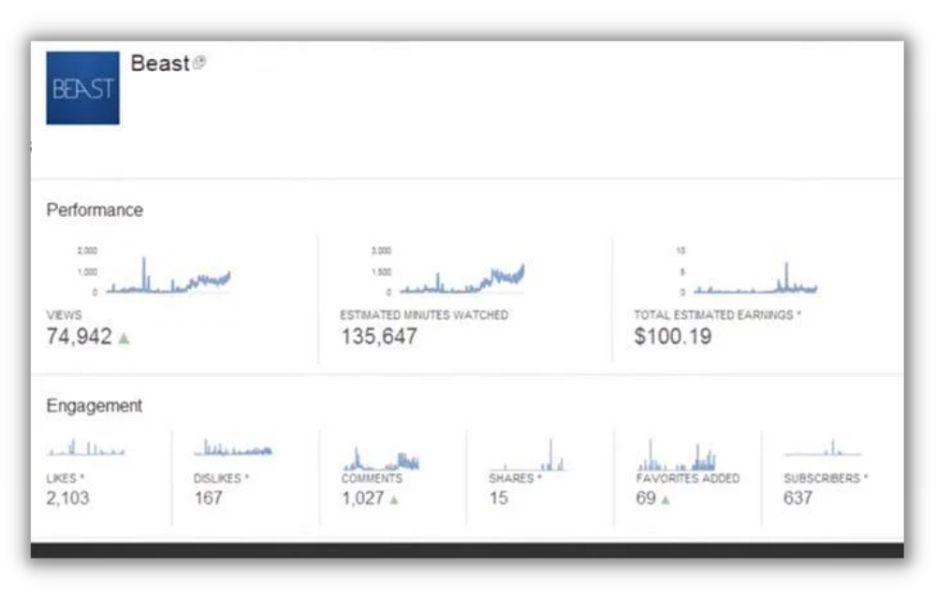
Source
While I certainly hope you reach that level of success, it’ll be good to know what the average content creator earns. Just in case you don’t get quite there.
As for freelance content creators, Glassdoor says they make over $53,000 per year on average. Remember that some people in this pool freelance as a side hustle, so their part-time pay would bring this average down.
If you’re an experienced freelance writer or videographer, you can typically expect to bring in about $35 to $100 for every hour of your time spent creating. I know several full-time freelancer content creators making six figures.
Zip Recruiter says the average salary for an in-house content creator is $115,733 per year. Indeed data says content writers make $20/hour on average.
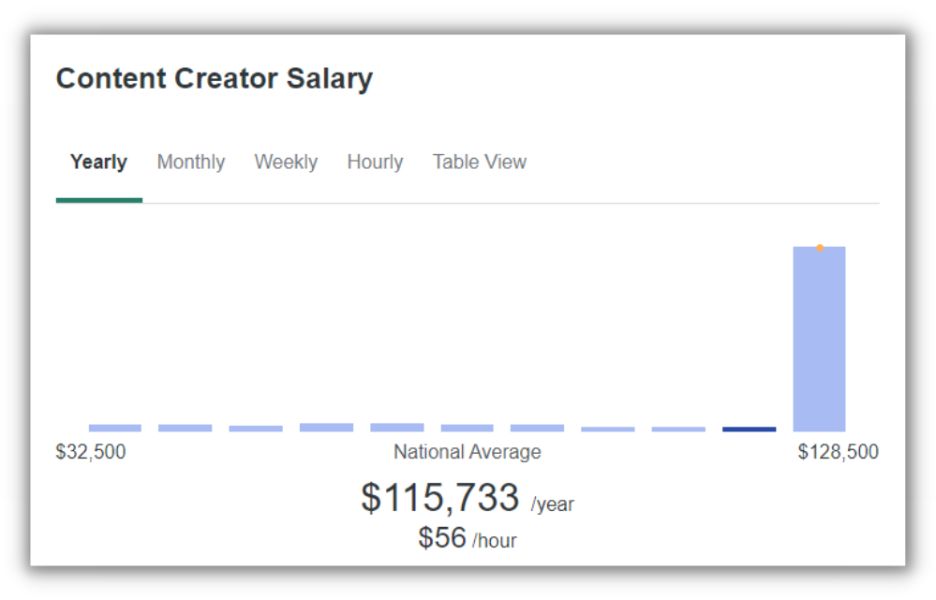
In my experience, in-house content creator positions pay between $40,000 to $130,000 per year. Jobs that require more experience and higher-level activities like strategy land on the higher end of that spectrum.
Influencers can get paid from several sources. Brands pay when influencers tout their products. They may get a share of ad revenue from the social media platform. And many influencers get “paid” in the form of freebies, which is hard to put a salary tag on.
In most cases, influencers’ income increases with their follower count. According to Petal’s research, this is how much influencers at various audience thresholds can earn:
- Micro: Influencers with < 10,000 followers make around $88 per post.
- Mid-level: Influencers with 10,000 to 100,000 followers make about $200 per post.
- Macro: Influencers with 100,000 to one million followers get an average of $670 per post.
How to become a content creator in 7 steps
Being a content creator is a great gig. You get to exercise your creativity and logic muscles. Plus it’s just really cool to see things you create out in the wild being experienced by other people.
If you’re interested in how to make the full or part-time jump to paid content creation, here are the seven actions I’d take.
1. Watch other creators
The first advice I was given when I asked how to become a professional writer was “read a lot.” For visual creators like social media influencers, I’d expand that and say “watch a lot.”
Pick three creators you admire and consume everything they put out. Luckily, we’re talking about a profession that’s public by nature (it’s not like we’re learning the spy trade).
You can do the same for specific topics. If you want to break into fitness content, follow a few fitness hashtags and look for themes across the most successful content.

Notice the details like how often and when they post. What they use for thumbnails. And what topics they talk about.
Then try to guess their strategy. How do you think they’d define their audience? And can you tell how they repurpose content?
The more you learn, the more you’ll notice, then the more you’ll learn.
2. Join public creator groups
There are all sorts of public creator groups on networks like Facebook and Slack.
I could list a dozen such groups here, but the way I find them is to Google “groups for [creator type] on [channel].” So if I want to connect with other content marketers, I’d search “groups for content marketers on Slack” and see what comes up.
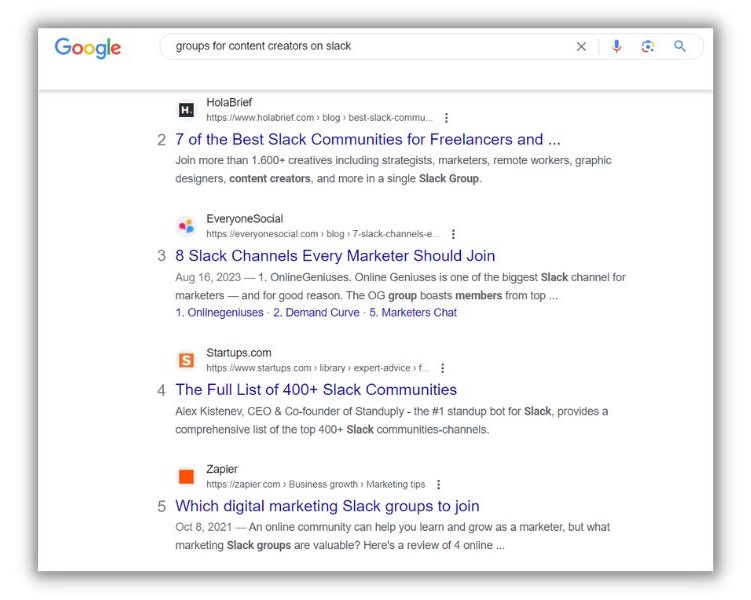
Once you’ve joined and are comfortable with the group’s rules, jump in and ask questions. Don’t be afraid to answer questions, too. Even if you’re new, you still have ideas.
3. Learn the skills
This is where you put in the—sometimes frustrating—work. The good news is that many companies offer free resources.
Go to the website of any tool you’d use (like Canva if you’re into design). Most of these companies want you to learn the trade so you use their products.
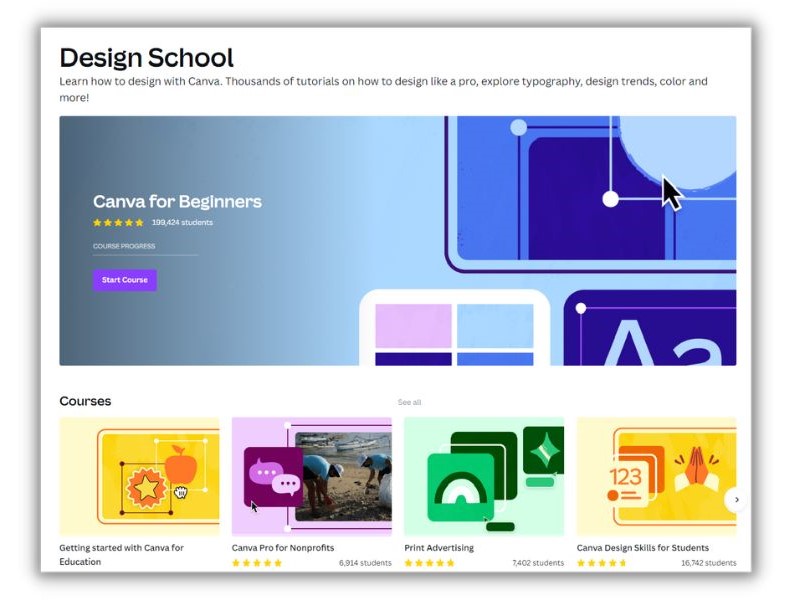
If you’re leaning towards content marketing and marketing in general, we have tons of free resources about writing on our blog.
Social media platforms and search engines also have educational guides. Google, Meta (a.k.a. Facebook and Instagram), and TikTok all have creator resources.
4. Create, create, create
No one expects to land an NBA contract before they start playing basketball. The same holds true for content creators. You’ll need to practice and show what you can do before getting paid to do it.
The trick is getting over the fear of starting. Just grab your phone and take a picture of your puppy or current art project. Post it and copy the tone of your favorite influencer. Or rewrite a content marketer’s post you like.
Don’t worry if your first attempts aren’t great. In fact, try to embrace that phase of your growth.
If you want to get better, you have to put in the reps.
5. Hone your voice and style
In the early days of your creative process, you’re going to copy other creators a lot. That’s OK. The most creative people in the world have been influenced by other creators.
How do you find your own unique style?
Pay attention to the one or two things you like best about your favorite creators’ work. Then add them to yours. Eventually, you have a dozen (or dozens) of things that mesh together and become something unique.
6. Create a portfolio
As soon as you write, video, or photograph your first piece of content—for pay or practice—save it somewhere.
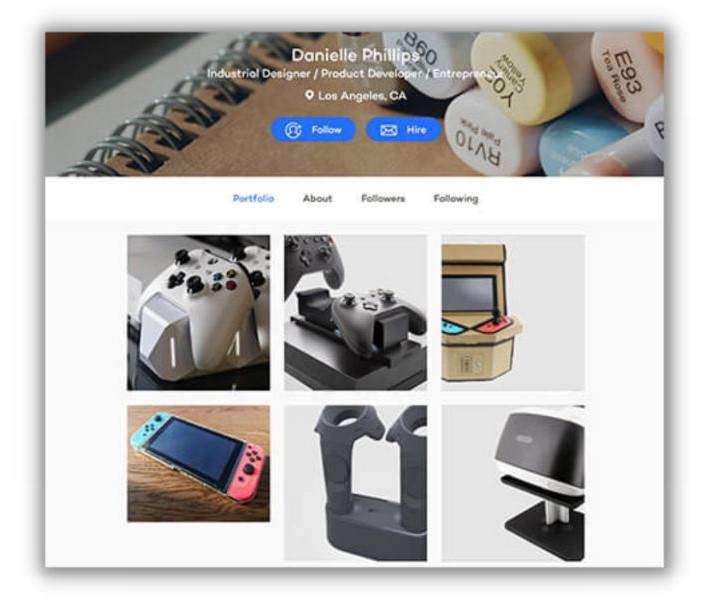
Image source
Start with Google Docs or another free tool. If things are stored in several files, keep a spreadsheet with links for easy reference.
Don’t be shy about what does in there. You can also restrict access to certain items when you start to share it.
Eventually, publish your portfolio on a public website. Here’s a list of free places to keep your portfolio online.
7. Network
The old saying that “it’s not what you know, but who you know” is half right. You have to know how to create content. But who you know will help a ton when it’s time to find paying gigs.
LinkedIn is your first friend here. Follow people in your profession. Share, like, and reply to their posts. Ask to connect after they’ve had a chance to see your name a few times.
Here’s a personal tip: Reach out to people after they’ve been a guest on a relevant podcast. Most people want to know that their episode sounded good. So I send them a note on LinkedIn telling them how much I enjoyed the episode.
You can do the same things in the industry groups you join and on places like Reddit.
All those connections start to pay off when people recommend you for new opportunities.
Start your content creator journey today
It only takes one step to start a journey. Maybe today you post more thoughtfully on social media. Or read a blog post about writing blog posts.
No matter where you start, remember these tips:
- Learn from your favorite creators
- To become a content creator, start creating content
- Save all of your work in a portfolio
- Never stop networking with other creators

